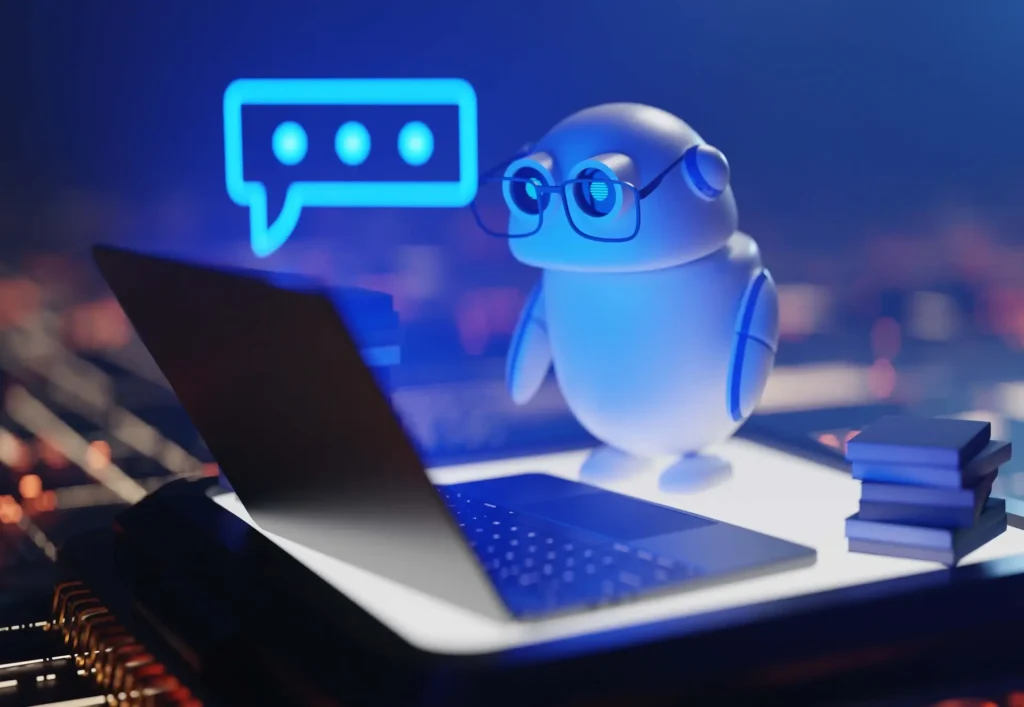
How AI Copilot is Transforming Human-Machine Collaboration
May 24, 2024
In recent years, artificial intelligence (AI) has been reshaping various industries. However, most tasks are still performed by humans, with AI playing a supportive role. This has given rise to the term “AI Copilot,” referring to AI-driven tools or assistants designed to help users complete tasks more efficiently and effectively.
AI Copilot tools are typically integrated into software applications, offering suggestions, automating parts of workflows, and even executing certain tasks. For instance, Microsoft has introduced an AI assistant called Copilot in its Office suite, leveraging AI technology to assists users in tasks like data analysis and text writing. Similarly, GitHub Copilot uses AI to help developers by generating code and providing suggestions, enhancing coding efficiency and quality.
AI Copilot is more than just a technical concept; it is a practical tool and intelligent assistant that collaborates with humans. This article will delve into the concept of AI Copilot and its applications, exploring how AI is transforming our work and lives, and even redefining our future.

What is AI Copilot?
The concept of AI Copilot is derived from the role of a co-pilot in aviation, where the co-pilot assists the main pilot in completing tasks, ensuring safety and efficiency. As the industrial revolution progressed, machines began to take on “copilot” roles in various fields, assisting humans with heavy and repetitive tasks, significantly boosting factory production efficiency and driving economic growth.
With advancements in computing equipment, machine learning, deep learning, and image recognition, the concept of AI Copilot has taken shape. Initially, AI technologies focused on processing and analyzing data but have now expanded to various applications. AI Copilot, as an intelligent assistant, not only automates specific tasks but also provides personalized recommendations based on user needs, enhancing work efficiency.
The development of AI Copilot marks a shift from “machine assistance” to “intelligent assistance.” Early robots could only perform preset repetitive tasks, whereas modern AI Copilots can learn and adapt to new environments and tasks, continuously optimizing their performance in real-world applications. This shift not only changes the way humans interact with machines but also has profound impacts on various industries.
AI Copilot’s Development and Applications Across Industries
AI Copilot tools are applicable in a wide range of industries, from finance and healthcare to manufacturing and education. In finance, AI Copilot can analyze market data to help investors make better decisions. In healthcare, AI Copilot assists doctors in diagnosing diseases, improving diagnostic accuracy and efficiency. In manufacturing, AI Copilot optimizes production processes, enhancing efficiency and product quality. In education, AI Copilot provides personalized teaching recommendations based on students’ learning progress, improving learning outcomes.
AI Copilot in Retail: AI-Powered Image Recognition
In the retail sector, AI Copilot is already proving great help to retailers. For example, Viscovery’s AI Copilot empowered by image recognition can assist cashiers in speeding up checkout processes or help customers simplify self-checkout process.
Before integrating with AI, checkout requires clerks to scan each product’s barcode or visually recognize barcode-less items, such as baked goods and input the items in the POS system.
After integrating with AI and image recognition technology, the checkout system becomes smarter than before. AI can identify multiple items through a camera within a second, significantly speeding up the checkout process. This not only reduces customer wait times but also reduces the time and costs for training cashiers to memorize all barcode-less items sold in-store.
Self-checkout systems equipped with AI image recognition can assist shopperes in completing purchases without store staff’s assistance, eliminating the need to scan barcodes or select items on a screen, enhancing the shopping experience. This is particularly helpful during labor shortages, reducing operational costs.
Beyond checkout, AI image recognition can monitor merchandise in real time to prevent theft, protect store assets, and manage inventory by automatically scanning shelves and alerting store owners when it is time to restock, ensuring customers always find what they need in stock.

AI Copilot in Healthcare: Intelligent Diagnostic Systems
In healthcare, AI Copilot’s applications are equally impressive, with intelligent diagnostic systems being a great example of this.
In general, doctors need to conduct comprehensive diagnoses based on a patient’s medical history, symptoms, and examination results. An Intelligent diagnostic system powered by AI utilizes machine learning algorithms to assist doctors in quickly reviewing a large amount of the latest research literature, clinical data and the patient’s condition. By rapidly absorbing this information, the AI system effectively aids doctors in diagnose. This not only improves diagnostic accuracy but also speeds up doctors’ diagnoses, enabling them to secure valuable treatment time for patients.
These intelligent diagnostic systems can continually learn and update, improving their judgment capabilities as more data becomes available. This is crucial for enhancing healthcare quality and treatment efficiency. When combined with AI image recognition, these systems can also serve as valuable tools for doctors in interpreting medical images.

The Future of AI Copilot
Thanks to rapid technological advancements, AI Copilot will continue to evolve and assist various industries in operating more efficiently.
However, the development of AI Copilot also faces challenges, such as ensuring data security and privacy. The widespread adoption of AI Copilot may also raise concerns like job displacement. This requires societal attention and solutions to ensure its development serves humanity better, and even contributes to environmental protection.
By addressing these challenges and harnessing the potential of AI Copilot, we can unlock new levels of efficiency and innovation across multiple sectors, transforming the way we work and live.
(Featured image: Photo by Shutterstock)

